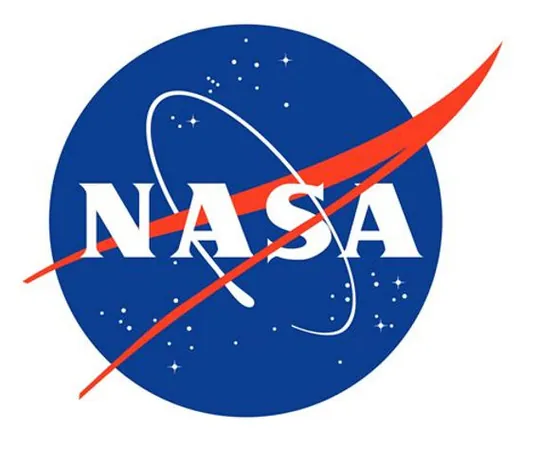
NASA Partners With Southwest Research Institute to Enhance Space Weather Monitoring
2024-11-15
Author: John Tan
Introduction
In a groundbreaking move to bolster our understanding of space weather, NASA has awarded a significant contract to the Southwest Research Institute, based in San Antonio, to create three innovative coronagraphs. This initiative is part of the Lagrange 1 Series project under NOAA’s Space Weather Next program.
Role of Coronagraphs in Space Weather Monitoring
Once operational, these coronagraphs will play a crucial role in monitoring solar activity, providing essential data to the NOAA Space Weather Prediction Center. This center is tasked with issuing timely forecasts, warnings, and alerts to help mitigate the various impacts of space weather events, which can include power outages, communication breakdowns, and disruptions to navigation systems.
Details of the Contract
Valued at approximately $60 million, this contract is structured as a cost-plus-fixed-fee arrangement and is expected to span from November 2023 to January 2034, culminating with the launch of the second coronagraph aboard a NOAA satellite. The third coronagraph will serve as a flight spare, ensuring redundancy and reliability in monitoring efforts.
Technological Shift
This contract signifies a pivotal shift in the development of space monitoring technologies, as it transitions the responsibility for coronagraph development from government entities to the commercial sector. The scope of work encompasses a wide range of activities, including design, analysis, fabrication, integration, and testing of the coronagraphs, along with post-launch support at the NOAA Satellite Operations Facility.
Observation Capabilities
The new coronagraphs are designed to observe the Sun's corona, the outermost layer of its atmosphere. They will be instrumental in detecting coronal mass ejections (CMEs) directed towards Earth shortly after they occur. This advanced detection capability provides invaluable lead time for generating geomagnetic storm watches, allowing organizations—both public and private—to take preemptive actions to safeguard their infrastructures.
Continuity of Data
Additionally, the implementation of these coronagraphs ensures continuity of data from previous missions, which is essential for understanding long-term trends in solar activity and its effects on Earth.
Collaboration Between NASA and NOAA
Under this project, NASA and NOAA are collaborating closely to oversee every aspect, from development and launch to testing and operational management. NOAA is the program owner, responsible for the requested specifications, funding, and overall program management, while NASA and its commercial partners bring their expertise in developing and launching the necessary instruments and spacecraft.
Implications for Society
This partnership not only enhances our space weather forecasting capabilities but also demonstrates the growing role of the commercial sector in supporting critical science missions. As our reliance on technology and satellite systems continues to increase, such initiatives underscore the importance of being prepared for the unpredictable nature of space weather, which poses real risks to modern society.



 Brasil (PT)
Brasil (PT)
 Canada (EN)
Canada (EN)
 Chile (ES)
Chile (ES)
 Česko (CS)
Česko (CS)
 대한민국 (KO)
대한민국 (KO)
 España (ES)
España (ES)
 France (FR)
France (FR)
 Hong Kong (EN)
Hong Kong (EN)
 Italia (IT)
Italia (IT)
 日本 (JA)
日本 (JA)
 Magyarország (HU)
Magyarország (HU)
 Norge (NO)
Norge (NO)
 Polska (PL)
Polska (PL)
 Schweiz (DE)
Schweiz (DE)
 Singapore (EN)
Singapore (EN)
 Sverige (SV)
Sverige (SV)
 Suomi (FI)
Suomi (FI)
 Türkiye (TR)
Türkiye (TR)
 الإمارات العربية المتحدة (AR)
الإمارات العربية المتحدة (AR)